One day's men's bath will become the next day's women's bath and vice versa is one of the things visitors should know when bathing in an onsen in Japan.
Onsen is another name for hot springs. As a country with many active volcanoes, Japan has many natural hot springs. Hot mineral baths are considered good for health, helping to relieve muscle and joint pain, reduce bruises or beautify the skin, reduce skin diseases. In addition, soaking in onsen also has the effect of relieving the spirit, helping to relax after stressful working days. This is also the reason why onsen in Japan are mainly located in rural areas, convenient for people to relax and rest.
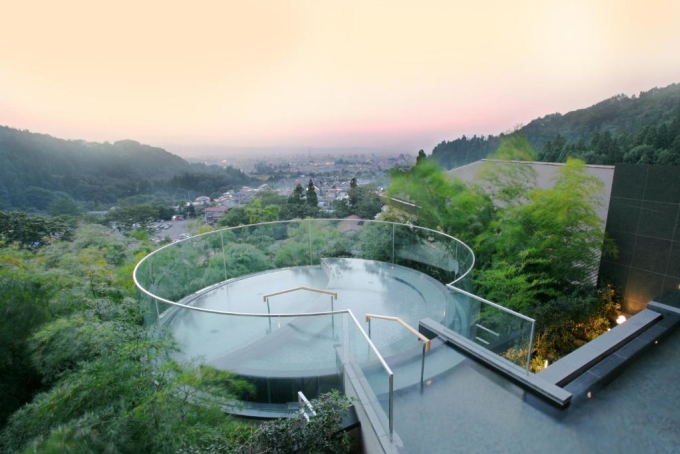
An outdoor onsen bath with a beautiful view of the mountains at a resort in Fukushima Prefecture. Photo: Onyado Toho
In Japan, there are two types of onsen: outdoor and indoor. Many now combine them to give visitors a more varied experience. Onsen facilities are usually run by local or private organizations, usually hotels, ryokan (traditional inns) or private inns (minshuku).
Some information was consulted by Mr. Nguyen Bui Thang, a tour guide specializing in Japan, members of the Fukushima Tourism Exchange Department, where there are many onsen baths, and the actual experience of VnExpress reporters.
Rituals before bathing in onsen
Clean bath
Most onsen facilities require visitors to shower with tap water and soap before entering the hot springs. The baths are usually stocked with shampoo, conditioner, and body wash (you may also bring your own). Be careful not to stand while rinsing, and don’t splash water on others. Don’t run around in the bath.
Take off all your clothes
Most onsens require bathers to remove all clothing, including swimsuits. There are separate lockers outside for storing items. These places have separate bathing areas for men and women. This is to keep the water as clean as possible and to ensure equality between everyone. Please do not bring valuables.
No photos taken
Onsens in Japan are strictly forbidden to bring phones or recording devices to ensure privacy. If you want to take pictures of the surrounding scenery, you should consult the staff first.
Do not drink alcohol
Onsen bathers are advised not to drink alcohol before bathing because prolonged exposure to hot water while drunk can be dangerous to your health and can increase your blood pressure. If you are sick, have an infectious disease or a virus-related disease, you should also not bathe in hot springs to avoid spreading the disease.
Some places ban people with tattoos
In the past, people with tattoos in Japan were thought to be in gangs or have criminal connections. This rule is now discriminatory, but some traditional onsen still do not allow people with tattoos to enter. Others require that tattoos be covered up.
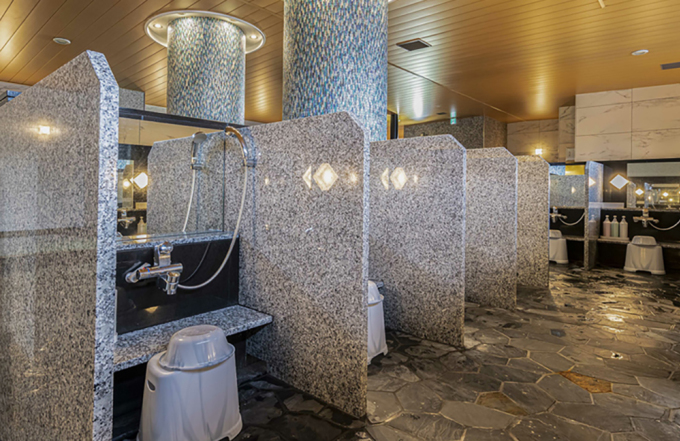
Bathing area at onsen. Photo: JAL
Notes when bathing in onsen
You can use a small towel to cover your body when you are on the shore, but do not put the towel in the hot water. When you get in the pool, you should put a towel on your head, it also helps to reduce body temperature.
Most onsens are around 40 degrees Celsius or higher. Take your time to acclimate your body to the environment and temperature by soaking your feet and then relaxing your calves for a few minutes to let your body adjust to the temperature difference before soaking your whole body.
Each pool has a certain temperature. If you don't like one pool, you can switch to another. Each pool has a clearly marked water temperature. Bathers are not allowed to add (mix) any other water to the pool.
Do not soak for too long as it can affect your health, especially in outdoor pools.
No scrubbing allowed in the bath.
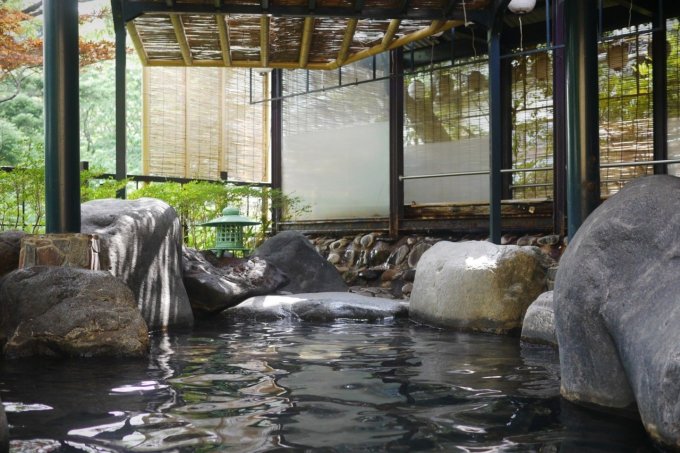
Traditional onsen areas. Photo: Japan Travel
After onsen bath
You should not bathe again after soaking in an onsen, as the Japanese believe that the minerals have a beneficial effect on the body. However, if you feel uncomfortable and unsafe, you can bathe as you like.
Bathing in an onsen can be dehydrating. Don’t forget to replenish your fluids after bathing by drinking warm tea, milk, soft drinks, or traditional Japanese beverages like sake, and snacks.
After bathing, dry your body thoroughly and avoid leaving water on the floor.
Some special things about onsen baths
Many onsen areas have different interior designs for men (blue curtains) and women (red curtains). Therefore, the owner will change the male and female signs every day. If visitors stay for two consecutive days, they will know the entire bathing area, which will satisfy their curiosity and prevent them from getting bored.
Onsen resorts often provide yukata - traditional Japanese clothing. Guests can wear them from the room to the pool, then put them back on after bathing. Note that the standard yukata is the right side down, the left side up. Each room usually has enough yukata for men and women, with separate colors.
Regular bathhouses have steam rooms, which are only open in the late afternoon.
Linh Huong
Source link


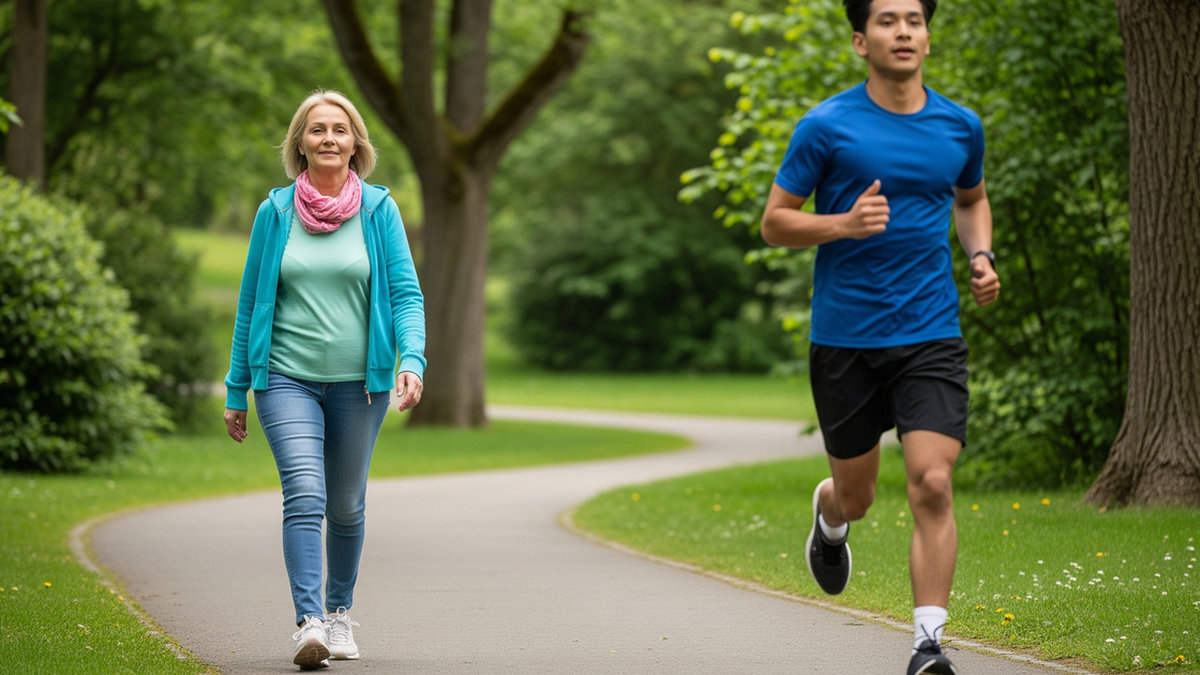
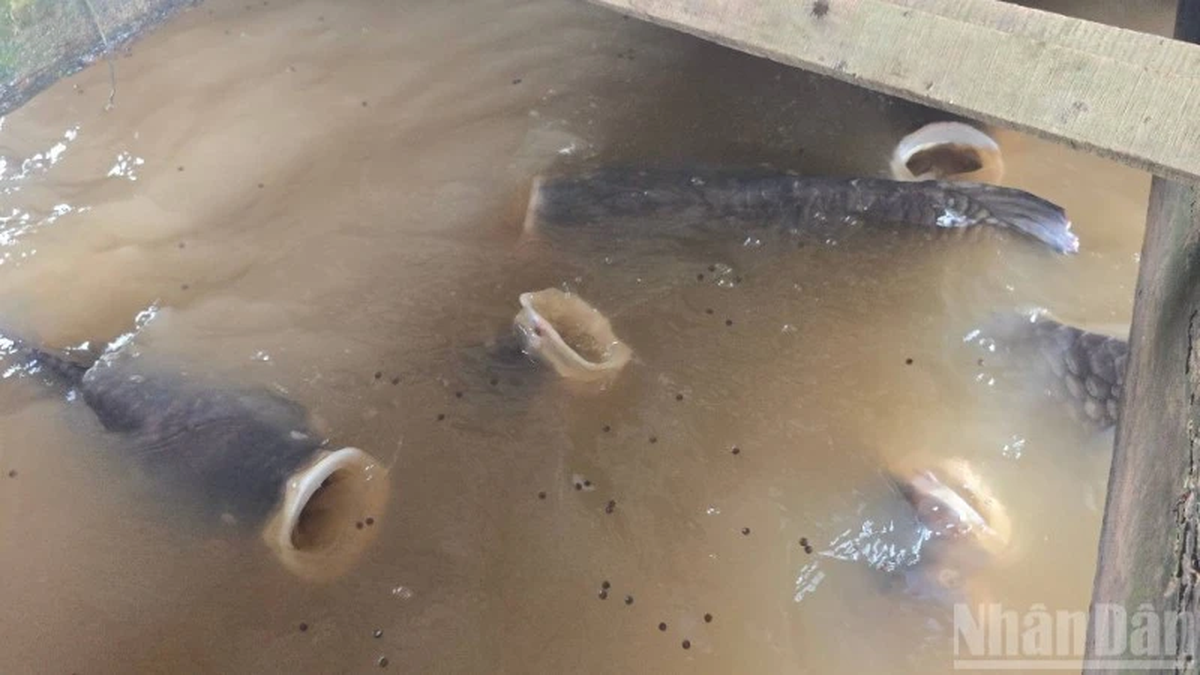
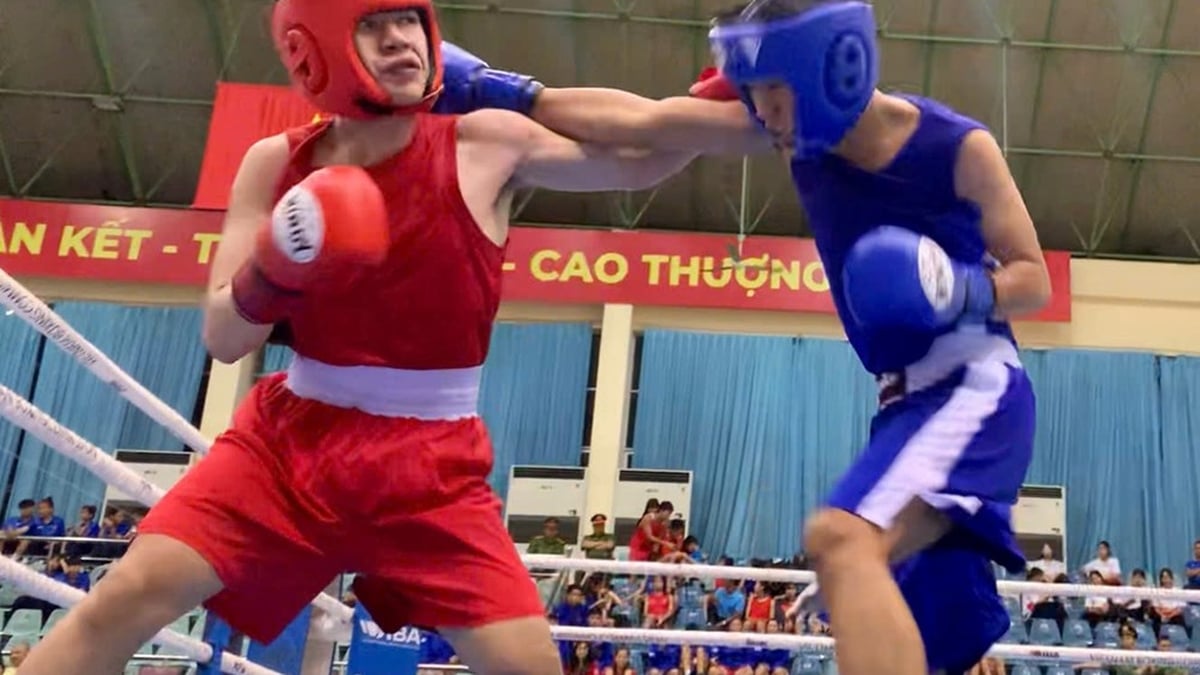
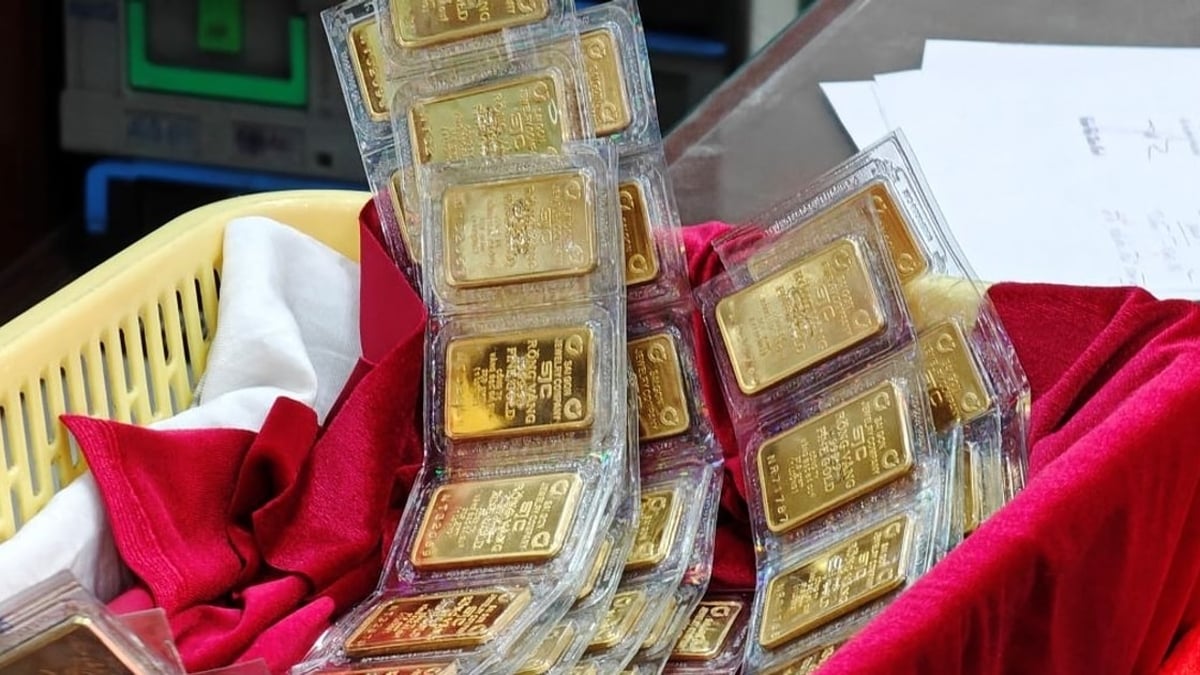

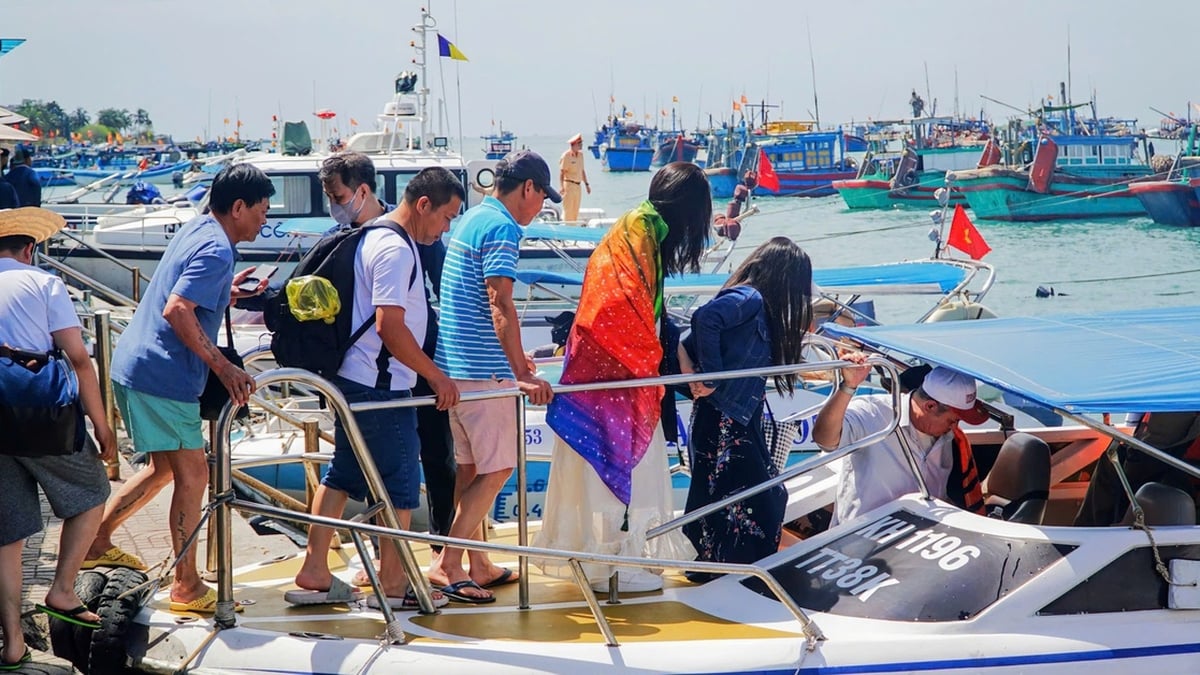
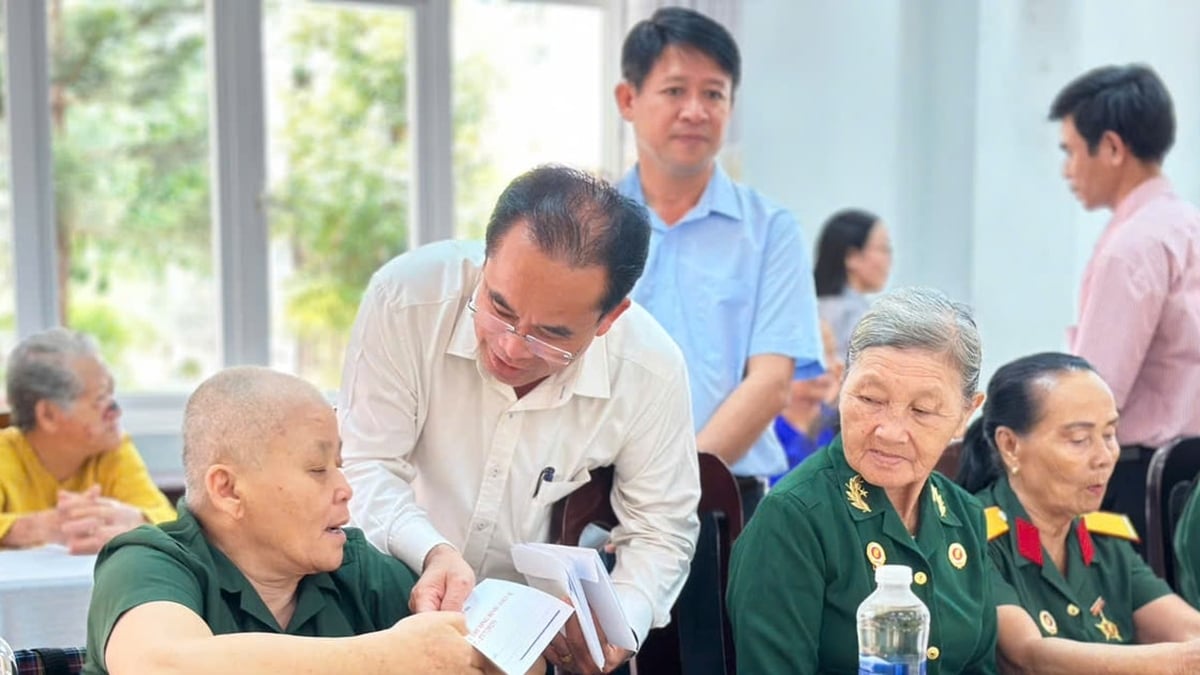

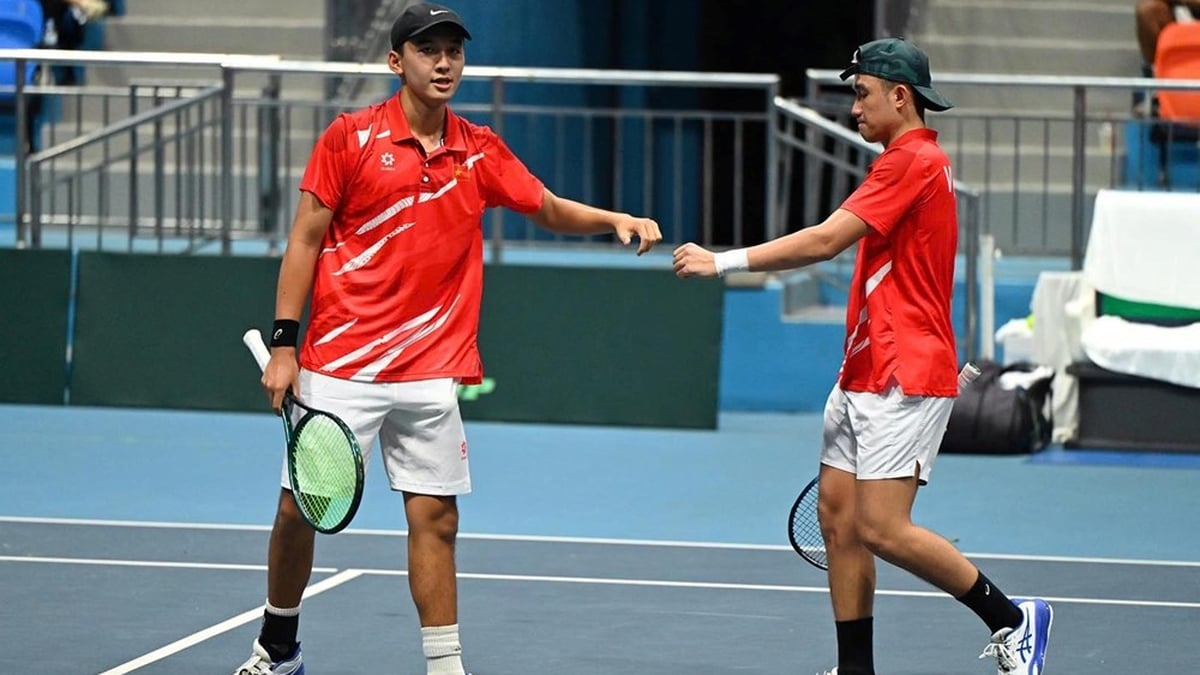



















![[Photo] National Assembly Chairman Tran Thanh Man visits Vietnamese Heroic Mother Ta Thi Tran](https://vphoto.vietnam.vn/thumb/1200x675/vietnam/resource/IMAGE/2025/7/20/765c0bd057dd44ad83ab89fe0255b783)































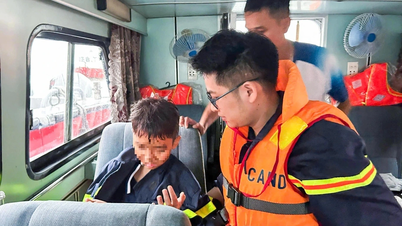

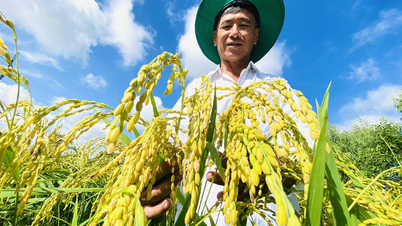



































Comment (0)